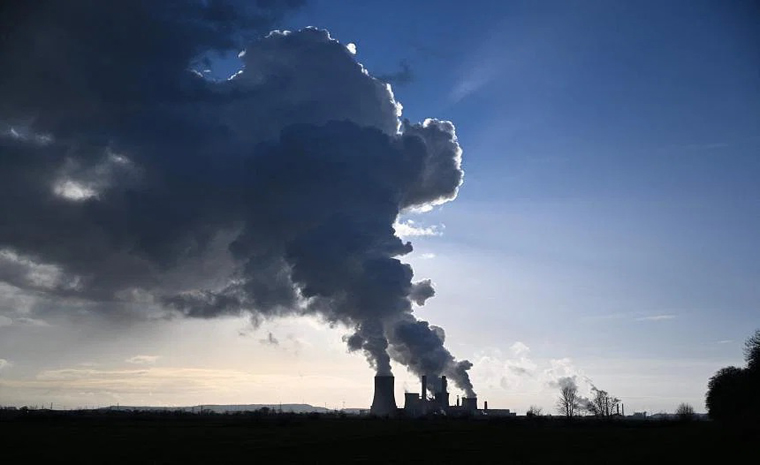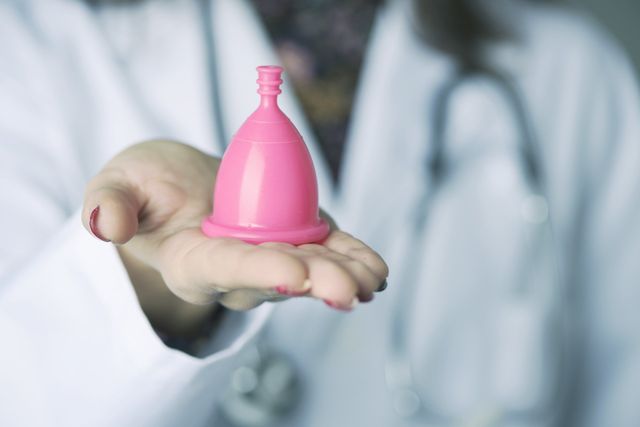How The Internet Of Things Could Reduce City Traffic And Pollution
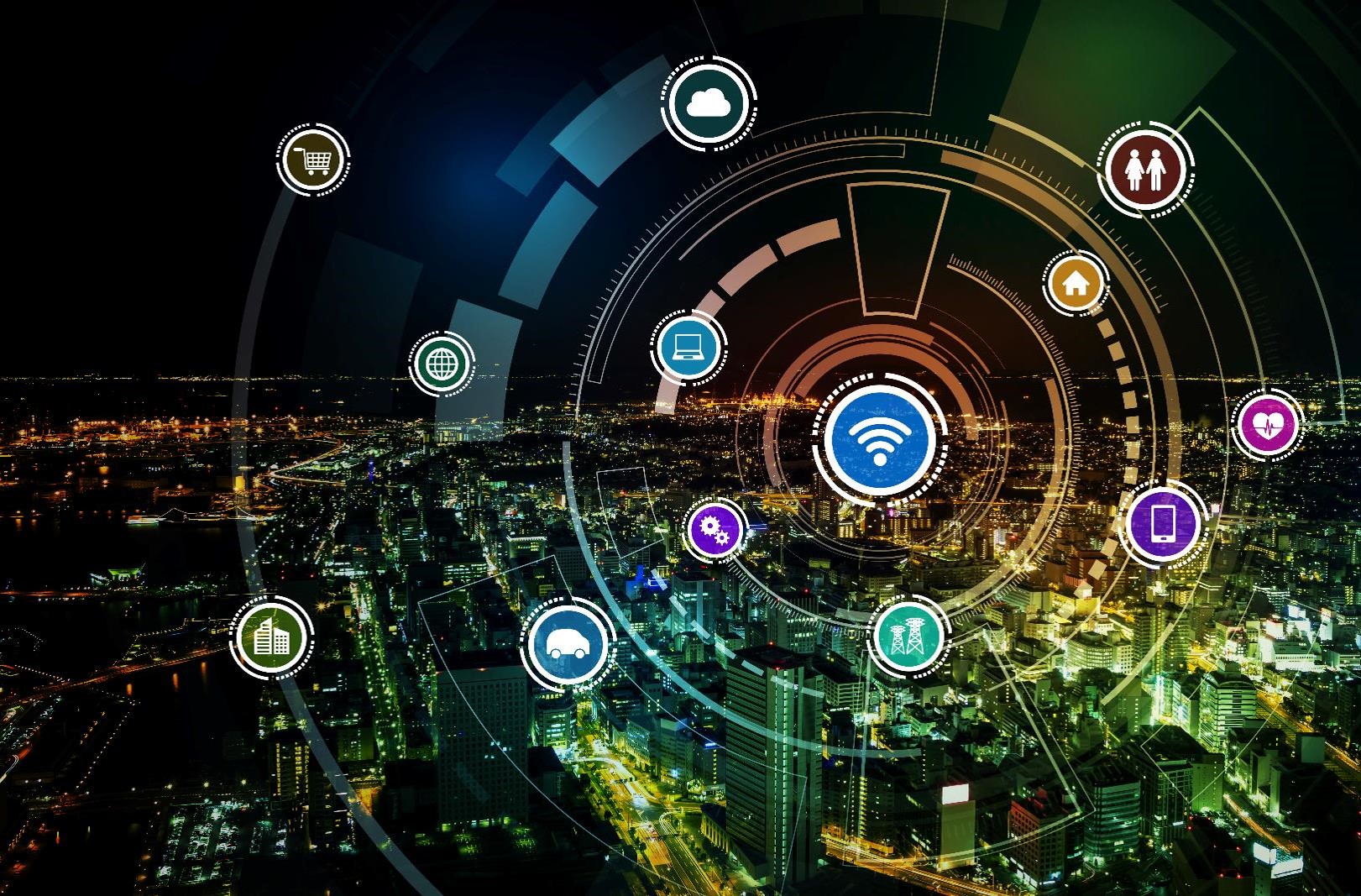
By A Mystery Man Writer
The Internet of Things has the potential to reduce city center traffic, cut pollution and improve air quality by having all vehicles, traffic lights and other devices talk to each other in real time. This expansive network of interconnected devices, all sharing data about their location and status, will make use of 5G mobile networks, which offer the bandwidth and low latency to make the technology possible. An example of how IoT technology is being used to improve city life is found in Cambridge, UK. Although a 5G network isn’t yet available, the city has already installed IoT sensors in street lamps, traffic lights and other pieces of street furniture. These connect to a network alongside climate and pollution sensors and feed data back to companies wishing to make good use of it. One such company is called GeoSpock, a Cambridge-based firm which specializes in ‘extreme-scale’ spatial data and provides analytics, visualization, and insights to its clients. By partnering with its home city, GeoSpock has access to the city’s real-time traffic and air quality data.
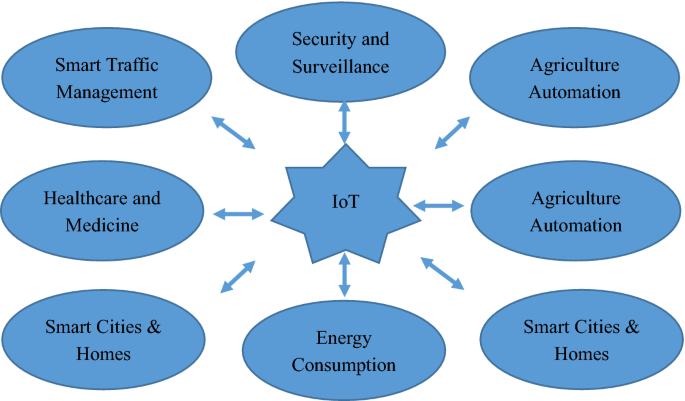
media.springernature.com/lw685/springer-static/ima
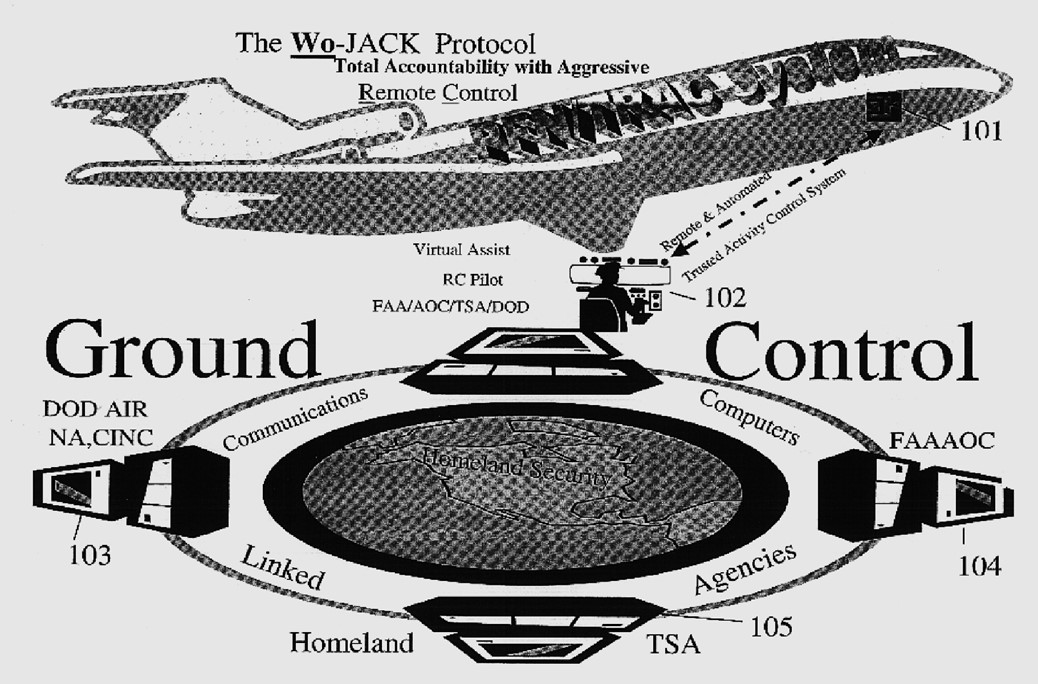
PFN/TRAC System FAA Upgrades For Accountable Remote And Robotics
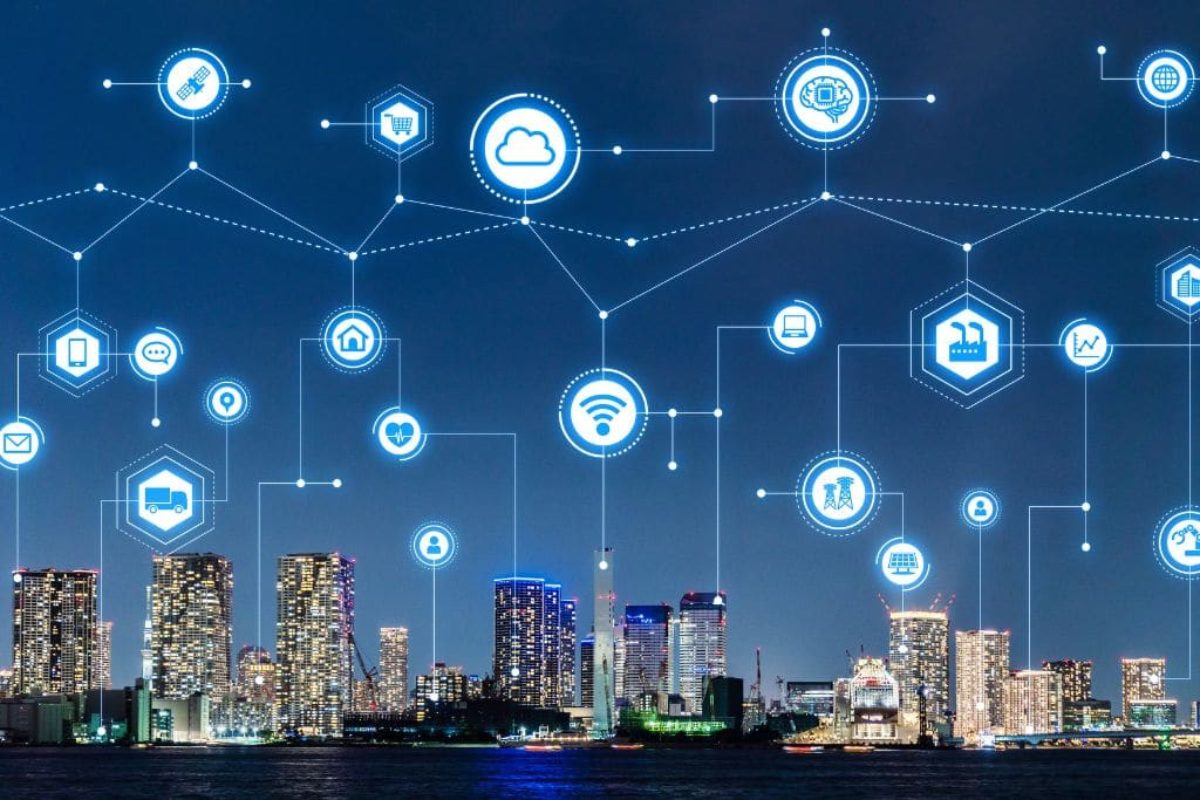
4 Commonly-Used Smart City Technologies
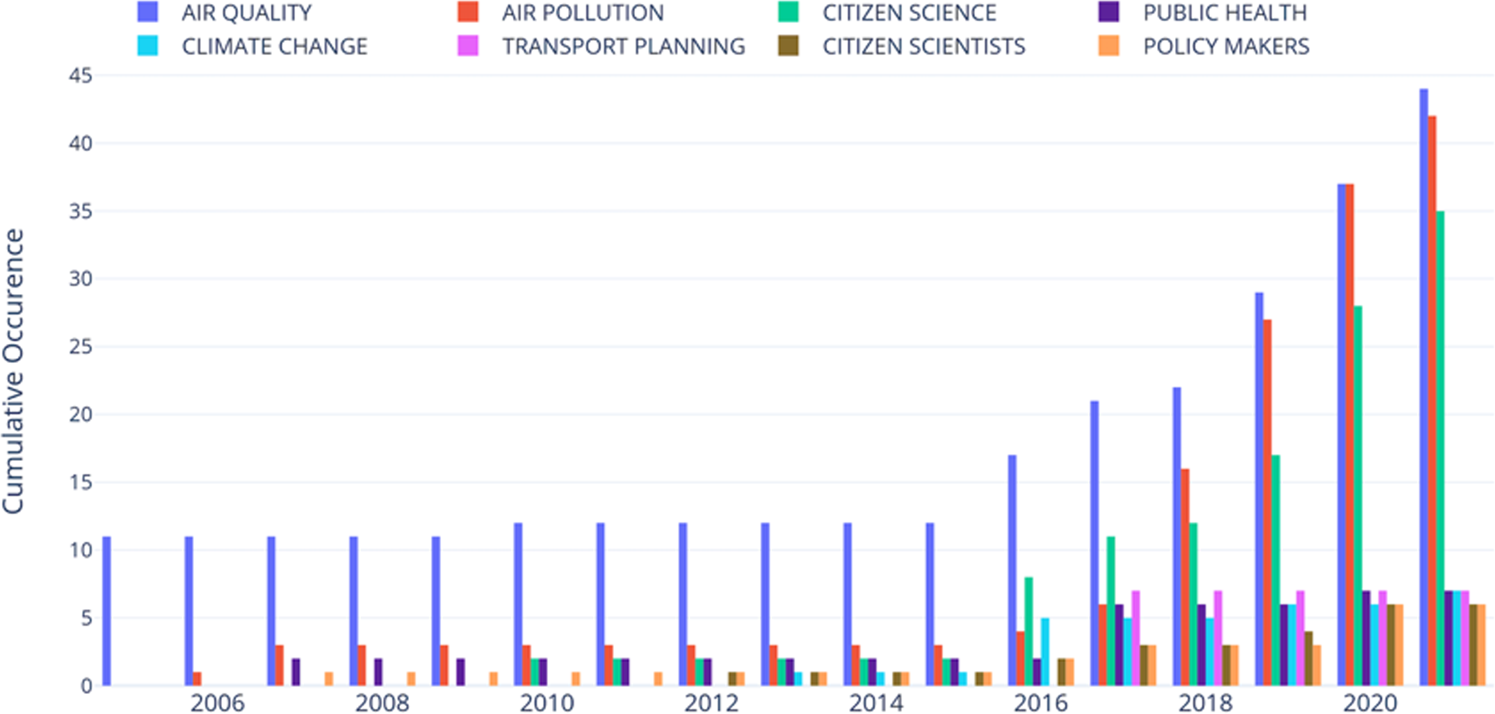
Translating citizen-generated air quality data into evidence for

Internet of Everything: Meaning, Examples, and Uses

7 Innovative Ideas to Reduce Traffic Congestion - Get My Parking

IoT-Based Fleet Management and Telematics - Intel

5 Transportation Issues & Solutions for Cities

Zoox Unveils First Robotaxi - Pioneering Minds

A Brief History of the Internet of Things - DATAVERSITY
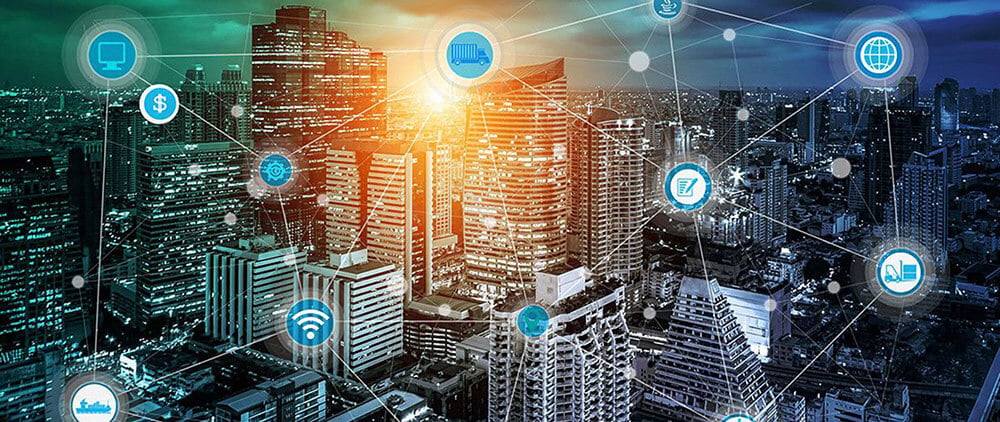
What is Industry 4.0?, Industrial Internet of Things
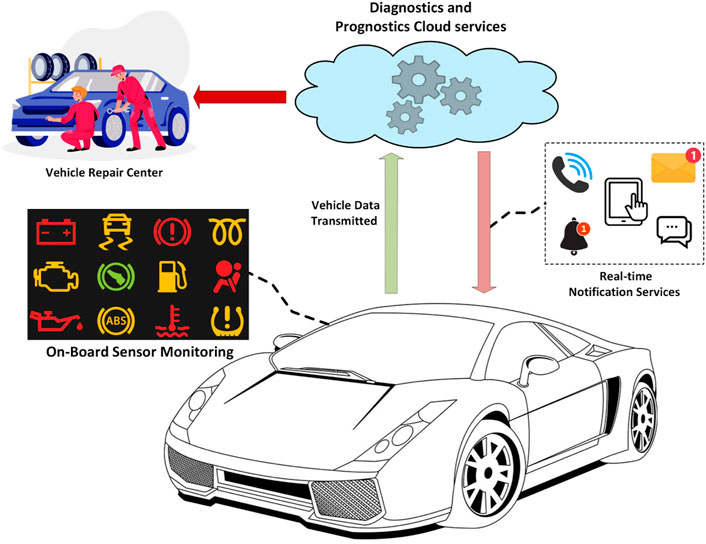
Frontiers Revisiting the internet of things: New trends
- India plans to use satellites to monitor air pollution - Hindustan

- Internet users have a feeling that St. Petersburg is pretty
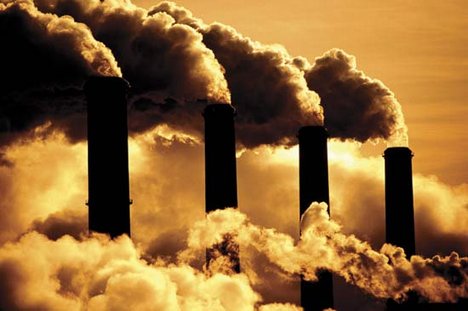
- ThrowBackToday: About 660 million Indians lose three years to air

- Understanding transboundary air pollution network: Emissions, depositions and spatio-temporal distribution of pollution in European region - ScienceDirect

- Long-term air pollution exposure raises depression risk: studies, News
